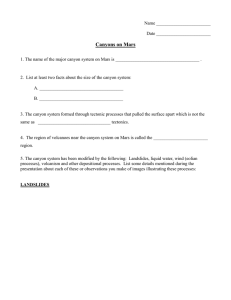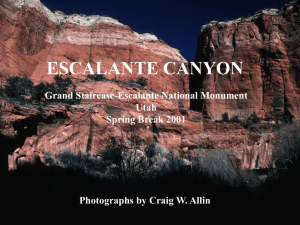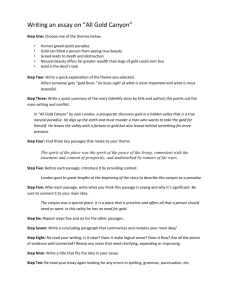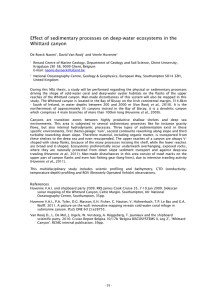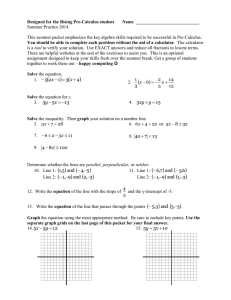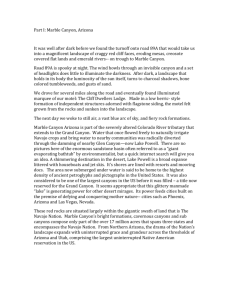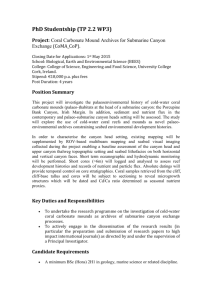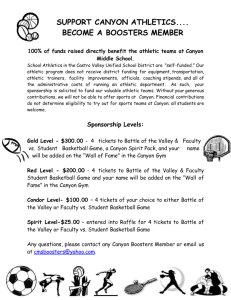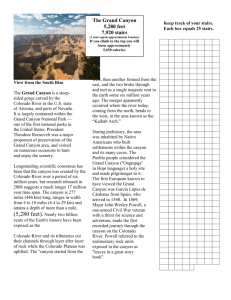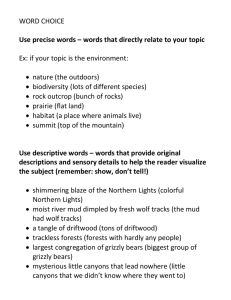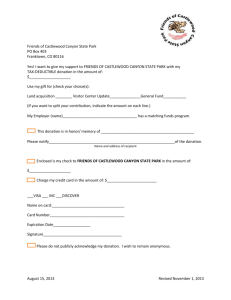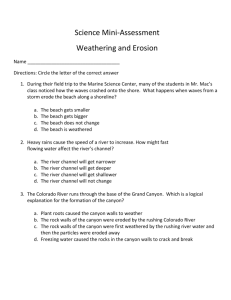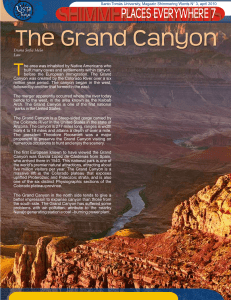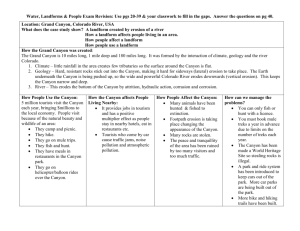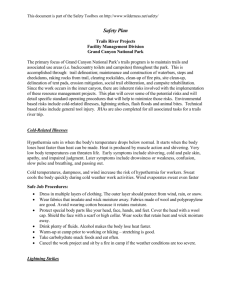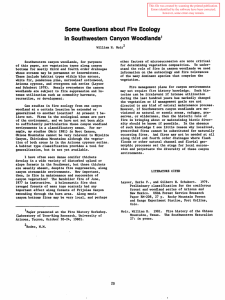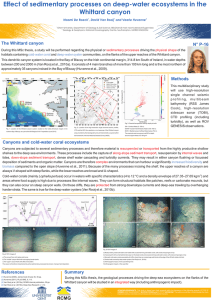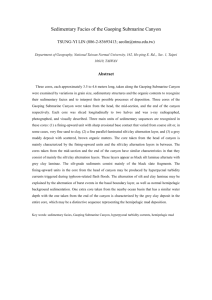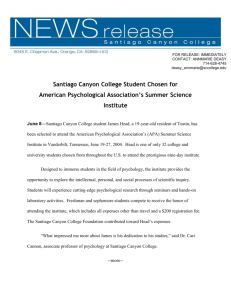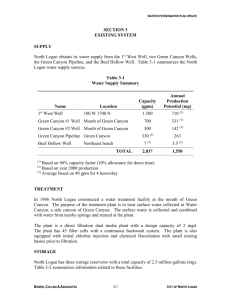PATH to Learning Educational Station Descriptions
advertisement
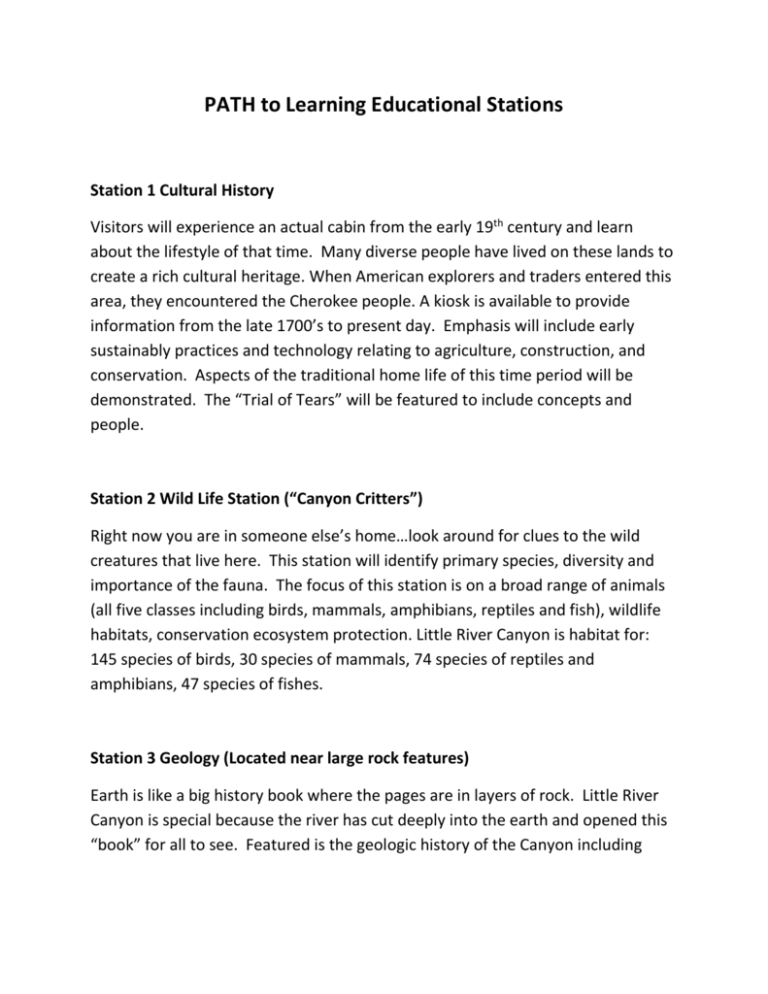
PATH to Learning Educational Stations Station 1 Cultural History Visitors will experience an actual cabin from the early 19th century and learn about the lifestyle of that time. Many diverse people have lived on these lands to create a rich cultural heritage. When American explorers and traders entered this area, they encountered the Cherokee people. A kiosk is available to provide information from the late 1700’s to present day. Emphasis will include early sustainably practices and technology relating to agriculture, construction, and conservation. Aspects of the traditional home life of this time period will be demonstrated. The “Trial of Tears” will be featured to include concepts and people. Station 2 Wild Life Station (“Canyon Critters”) Right now you are in someone else’s home…look around for clues to the wild creatures that live here. This station will identify primary species, diversity and importance of the fauna. The focus of this station is on a broad range of animals (all five classes including birds, mammals, amphibians, reptiles and fish), wildlife habitats, conservation ecosystem protection. Little River Canyon is habitat for: 145 species of birds, 30 species of mammals, 74 species of reptiles and amphibians, 47 species of fishes. Station 3 Geology (Located near large rock features) Earth is like a big history book where the pages are in layers of rock. Little River Canyon is special because the river has cut deeply into the earth and opened this “book” for all to see. Featured is the geologic history of the Canyon including topics such as plate tectonics, earthquake data, and formation of fossils, sandstone and coal. Station 4 Botany (Canyon Plants…near wetland) There are more than 1,000 plants in Little River Canyon…over 50 of them are rare or endangered! This station will identify primary species, diversity and importance of the flora. Special species that are included are pitcher plants, sun dew, pink ladies slippers; rhododendrons/laurel. A kiosk will include detail pertaining to habitat and communities. Station 5 Water Quality (Near Yellow Creek) Little River is unique because it flows for much of its length “atop a mountain”. This station will focus on the two primary water shed drainage features near the Canyon Center property: Little River and Yellow Creek. Signage will identify the importance of the water sheds, water cycles, benthic organisms, Best Management Practices, and Low Impact Development. A kiosk is located near the tank behind the canyon center which collects water from the roof top and holds it for later use. Station 6 Archaeology (10,000 years of Canyon Use) This station will emphasize Native American use and impact; Trail of Tears; archaeological research and findings; rules protecting sites, etc. It will include a small gathering area for class discussions, a fire ring, flint knapping and other demonstrations. Station 7 Human Impact (Think globally and start by acting locally) This station will feature a broad range of issues such as climate change and alternative energy sources such as solar, geothermal, and wind. It will also feature phenomenon such as heat island impacts, green house impacts, population’s statistics, and environmental protection efforts such as sustainability measures, regulation, policy, and the correlation between outdoor recreation and conservation ethics.
